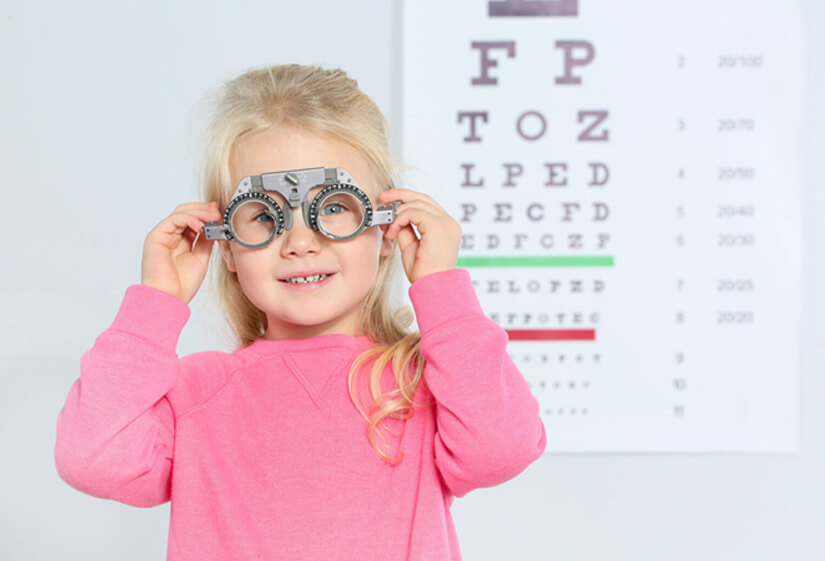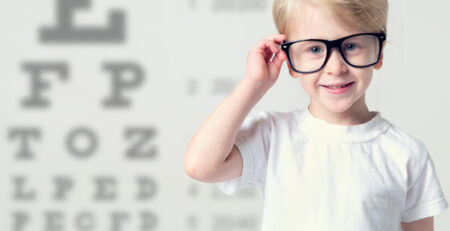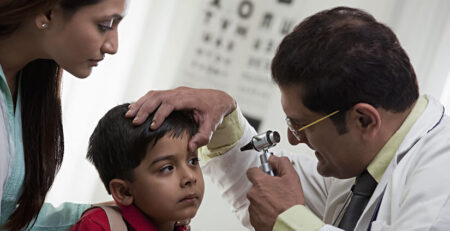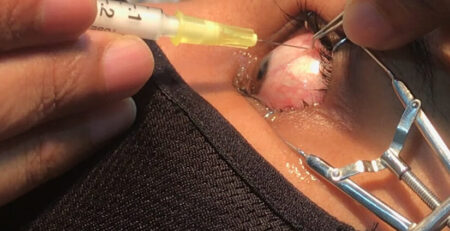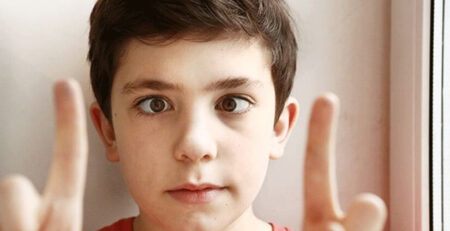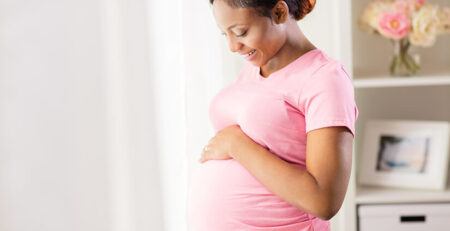When is The Best Time to Schedule A Child’s Initial Eye Examination?
Children require frequent eye exams, just like they do with their pediatrician, to ensure that their eyesight develops appropriately. However, unlike height and weight measurements, measuring a child’s eyesight can be more difficult, particularly during the early years. So, when should you schedule your children’s eye exam, and how frequently should they be examined afterward? Let’s find out!
Why are Early Eye Examinations Important?
Vision is important to your child’s overall development, impacting their learning, social connections, and coordination. Early eye examinations allow for better diagnosing and treating many vision problems and eye illnesses. Furthermore, kids may fail to explain or identify vision impairments, believing their method of seeing is the same as everyone else’s. This results in undetected vision problems that influence their academic performance and daily activities and also cause long term damage to the eyes.
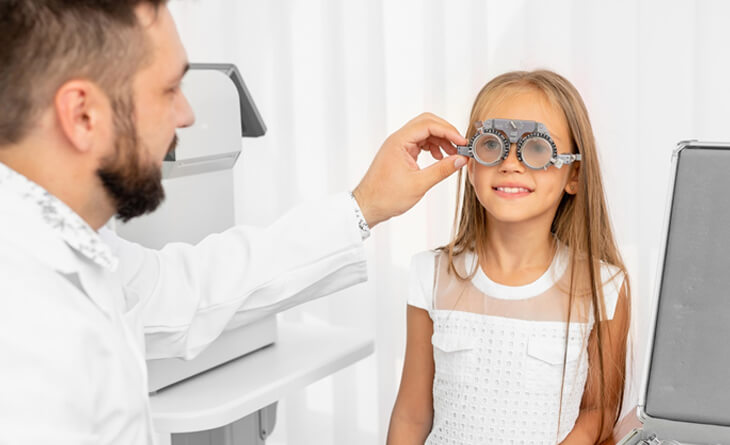
The First Eye Examination
A child’s first eye examination should be scheduled within the first year of life, especially between six months and one year. This early screening is critical for identifying future vision issues or eye disorders that impede appropriate visual development. Pediatric eye care experts have particular expertise in following eye exam guidelines and instruments to assess a baby’s vision, looking for common newborn eye issues such as strabismus (crossed eyes), high refractive errors and amblyopia (lazy eye) and ensuring that the eyes are growing appropriately.
Following Eye Check-ups: Ages 2 to 3
After the initial eye examination, the next suggested children’s eye exam is between the ages of two and three. This period is critical as toddlers grow faster and begin interacting with their surroundings in more complex ways. An eye checkup at this age ensures that their vision is properly developing and does not interfere with their capacity to learn and explore. It’s also a time when toddlers begin to sketch, play with toys, and observe their surroundings, which may be affected by poor vision.
Annual Examinations
When a kid begins school, yearly eye exams at the best eye hospital in Delhi become even more important. School-aged kids use their eyesight in the classroom and when playing. Vision difficulties can significantly impact their academic performance and social connections. Common issues addressed during these yearly check-ups include trouble reading the board, focusing on close activities such as reading and writing, and eye strain from computer use.
Factors That Increase the Risk of Vision Issues in Your Child
Several factors can increase the likelihood of your child experiencing vision issues, and it’s important to inform your doctor if any apply. These risk factors include:
- Complications during pregnancy or childbirth, such as being born prematurely, infections the mother had during pregnancy
- Substance use by the mother while pregnant or during a challenging birth process
- If your child was born with a low birth weight or required oxygen immediately after birth
- Genetics
- Prolonged screen time and reduced outdoor activity
Conclusion!
Scheduling your child’s first eye test during the first year is a proactive step toward protecting their eyesight health. Regular children’s eye exams help students succeed academically and socially. If you are noticing any sudden change in your kid’s eye, consult Dr Anisha Gupta, an eye specialist in Delhi.

